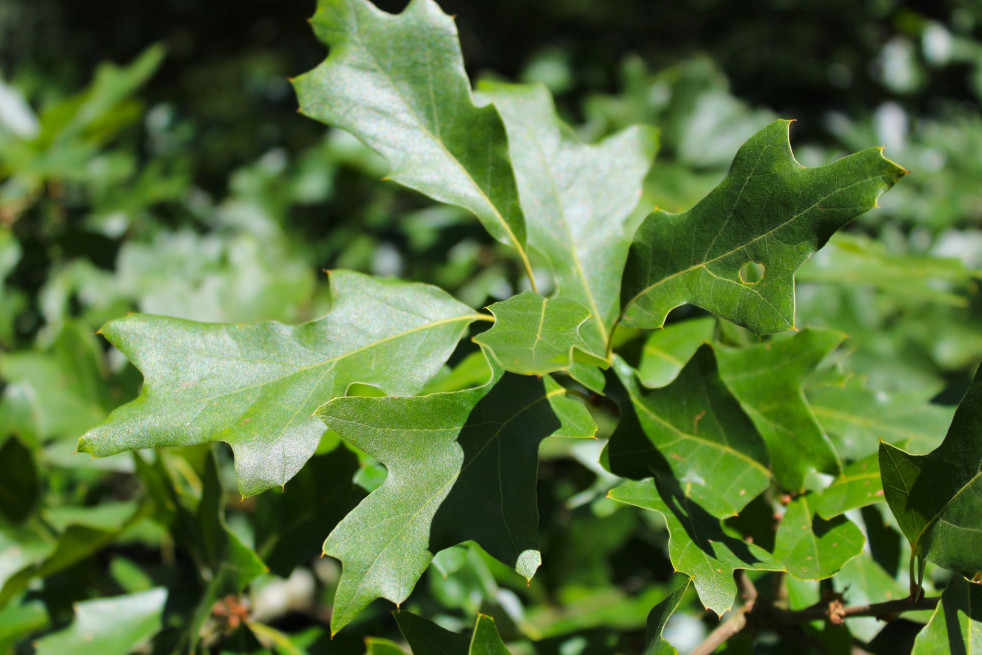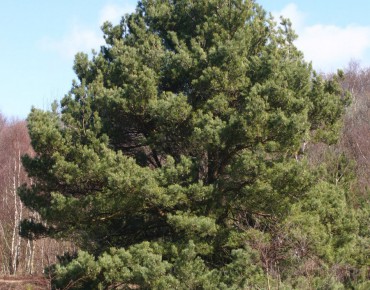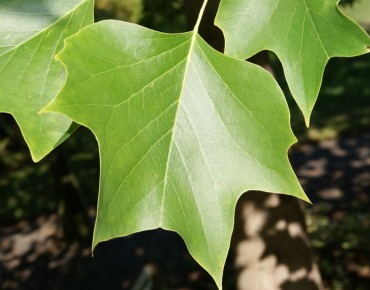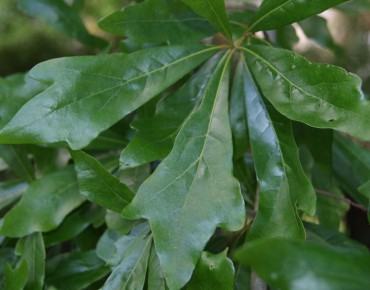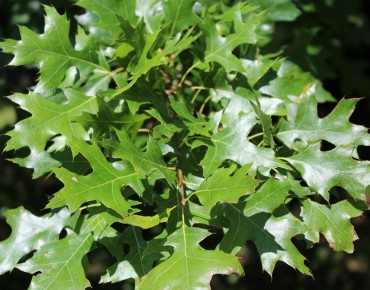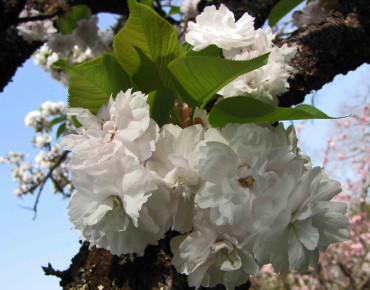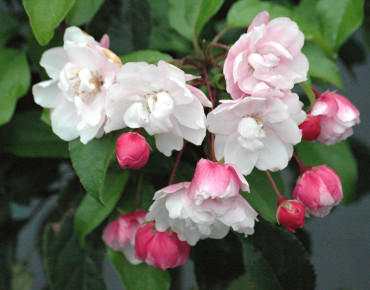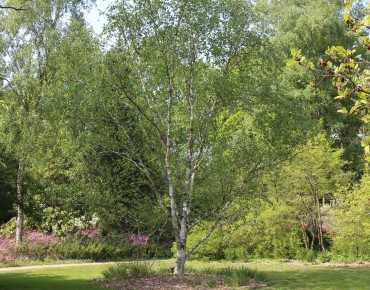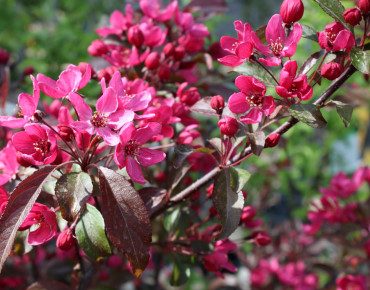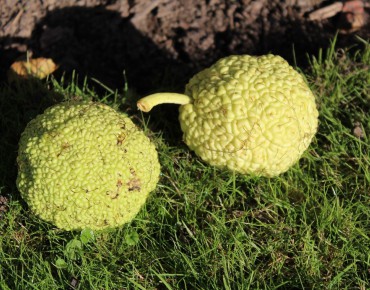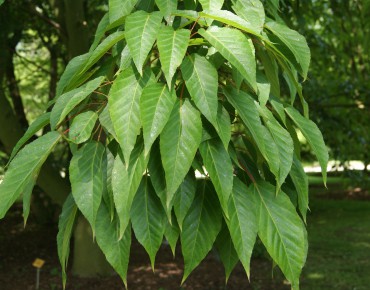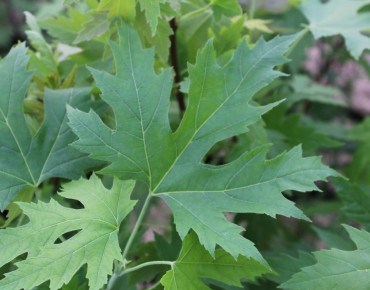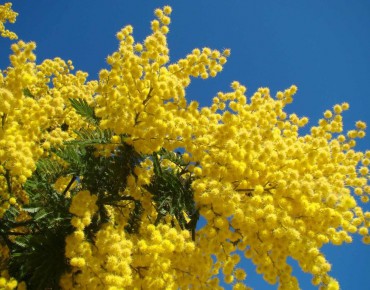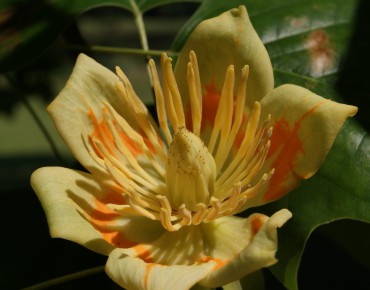- Out-of-Stock
Bear oak
Quercus ilicifolia
Description
Bear oak - Scrub oak - Quercus ilicifolia
Foliage Characteristics
The leaves of Quercus ilicifolia are one of its most notable features. They are deciduous and marcescent, leathery and lobed, these lobes are 5 or 7 in number and are pointed. The leaves are generally 10 to 15 cm long and are a glossy dark green on the upper side, with a paler underside. In the fall, they take on a reddish hue, adding a splash of colour to the garden.
Trunk and Bark Description
The trunk of the Bear oak is generally short and twisted, with smooth, gray bark when young, becoming rougher and fissured with age. This unique bark adds an interesting texture to this tree, even in winter when the leaves have fallen.
Height and habit
Quercus ilicifolia typically reaches a height of 4 to 6 m with a spread of 3 to 5 m. It has a spreading and bushy habit. Its relatively slow growth makes it an excellent choice for small gardens.
Acorns and reproduction
Bear oak acorns are small, about 1 to 2 cm long, and are partially enclosed in a scaly cupule. They mature in two years and are an important food source for local wildlife, including squirrels and birds, pheasants and, in its natural environment, bears.
Hardiness and resistance
Quercus ilicifolia is a hardy species, able to withstand temperatures down to -30°C. It is also drought tolerant once established, making it an ideal tree for low maintenance gardens.
Cultivation and maintenance
-Soil type: Quercus ilicifolia has a fairly deep root system, it prefers well-drained, slightly acidic to neutral soils. It can tolerate poor and sandy soils, but it grows best in soil rich in organic matter.
-Exposure: This species thrives in full sun to partial shade. A sunny exposure will promote denser growth and more colourful foliage in autumn.
-Watering: Once established, the Bear oak requires little watering. However, it is important to water it regularly during the first few years to ensure good rooting.
-Pruning: Quercus ilicifolia pruning is not necessary, but can be done in late winter or early spring, before new growth begins, to remove dead or damaged branches and maintain a harmonious shape.
-Special Care: Quercus ilicifolia does not require special care, but mulching around the base of the tree can help conserve soil moisture and reduce weed competition.
Landscaping Uses
Bear oak is ideal for natural gardens, windbreaks, and understory plantings. Its drought resistance and ability to adapt to a variety of soil types make it a versatile choice for many landscape designs.
Ecological Benefits
In addition to its ornamental beauty, Quercus ilicifolia plays an important role in the ecosystem. Its acorns provide a food source for wildlife, and its dense foliage provides shelter for small animals and birds.
Features
- Common name : Bear oak - Scrub oak
- Family : Fagaceae
- Category : tree
- Spread : 3 to 5 m
- Foliage : deciduous
- Use : isolated - shrubbery - hedge
- Soil : neutral to acid
- Habit : bushy
- Growth : Lente
- Enemies : gall wasp - aphid
- Possible diseases : armillaria - wilting - scab - powdery mildew - lead
- Reproduction : monoecious
Expédition & livraison
How does the delivery work?
 As soon as you place your order your plants are selected
As soon as you place your order your plants are selected Each order is processed individually.
Each order is processed individually. Plants are packed, staked and labeled.
Plants are packed, staked and labeled. Packaging is carefully implemented to avoid any problems.
Packaging is carefully implemented to avoid any problems. Packages are ready to be shipped.
Packages are ready to be shipped.
Our delivery methods
Shipping of our plants throughout Europe (except overseas and islands).
Customer reviews

